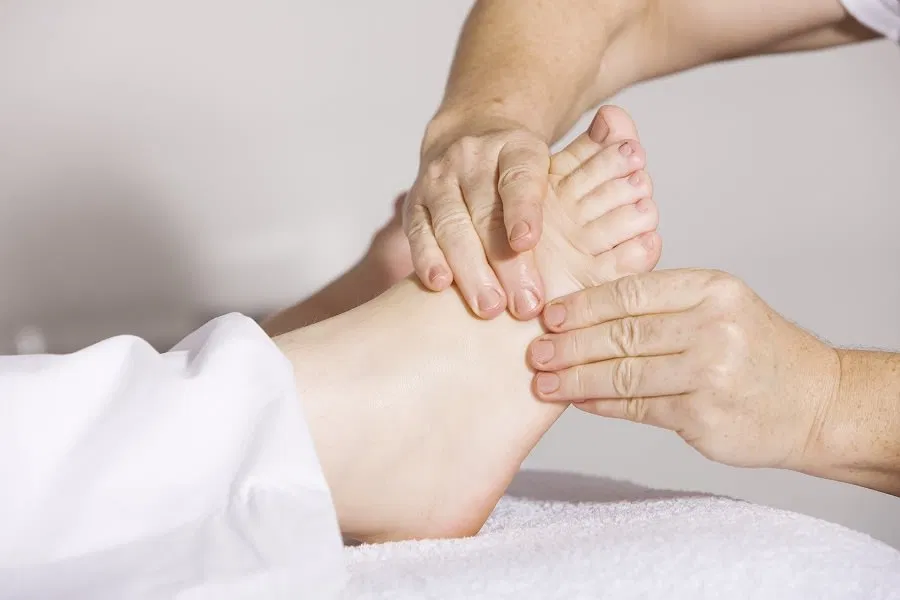Is a Deep Tissue Massage What Your Muscles Need?
Deep tissue massage is a type of massage that is used to treat musculoskeletal problems like strains and sports injuries
. It entails applying continuous pressure to the inner layers of your muscles and connective tissues with slow, deep strokes. This aids in breaking up scar tissue that accumulates after an injury and reduces muscle and tissue tension.
It may also hasten the healing process by improving blood flow and decreasing inflammation.
Continue reading to learn more about deep tissue massage, including how it compares to Swedish massage and what to expect during a session.
Deep tissue massage is beneficial to both the body and the mind. Deep tissue massage, unlike other massage techniques that focus on relaxation, helps to relieve muscle pain and stiffness. However, it can also help you relax mentally.
Deep tissue massage improved persons with chronic low back pain, according to a 2014 study including 59 participants. Its effects were compared to those of nonsteroidal anti-inflammatory medicines like ibuprofen, according to the scientists (Advil).


Deep tissue massage has also been claimed to help with:
Massage therapy is divided into two types: deep tissue massage and Swedish massage. Both employ some of the same strokes, yet they serve different purposes and have vastly different pressure levels.
The following are the main distinctions between deep tissue and Swedish massage:
Your massage therapist will want to know about your trouble areas before beginning your deep tissue massage. A deep tissue massage can target any part of your body or just a specific spot.
You’ll be asked to lie on your back or stomach under a sheet once you’re ready. Your amount of undress is up to you, but the region that has to be worked on must be revealed.
The massage therapist will use a gentler touch to warm up your muscles. They’ll begin working on your trouble areas once you’ve warmed up. Deep kneading and stroking with varied degrees of severe pressure will be used.
Following a deep tissue massage, it’s not uncommon to experience some soreness for a few days. Soreness can be relieved by using a heating pad or a cold pack wrapped in a towel.
Though massage treatment is generally considered safe, deep tissue massage involves extremely forceful pressure and may not be suitable for many people.
If you have any of the following conditions, see your doctor before getting a deep tissue massage:
Deep tissue massage should be avoided by anyone with osteoporosis or cancer that has spread to the bones, as the hard pressure employed may induce a fracture. If you’re pregnant, you should also avoid deep tissue massages. Swedish massage, for example, is a gentler style of massage that may be a better choice.
If you have an open wound or any type of skin illness, you must postpone to avoid contracting a new infection or worsening an existing one.
Working with a competent massage therapist is essential if you want to undergo a deep tissue massage.
To locate a massage therapist, follow these steps:
Keep the following points in mind while you interview massage therapists:
Deep tissue massage is helpful for persons who participate in high-intensity physical activity like jogging, or who have an injury or chronic discomfort.
Swedish massage is softer and may be a better alternative if you have a low pain threshold or are searching for relief from strained muscles. If you have a medical condition, see your doctor before attempting deep tissue massage.






